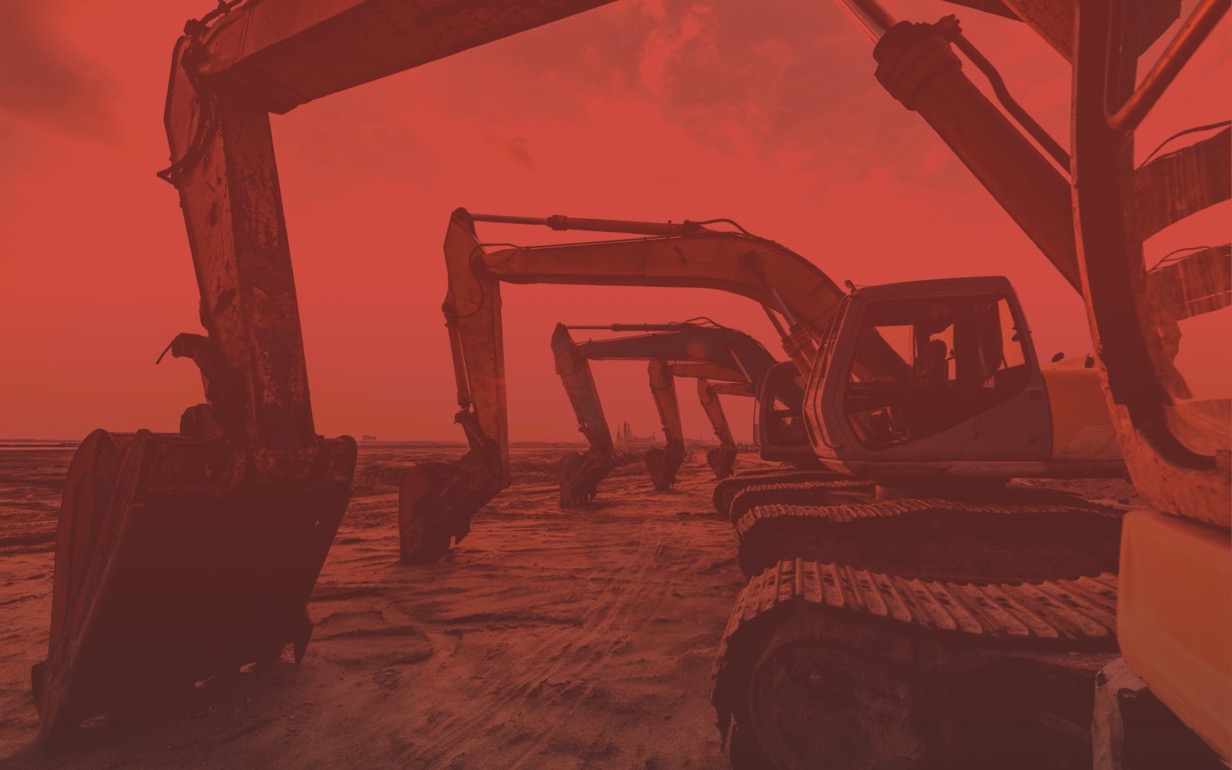
Trenching and Excavating
One of the preventable hazards of construction work is the danger of trench cave-ins. Yet every year in the U.S., there are an estimated 75 to 200 deaths and more than 1,000 lost work days per year from trenching accidents. Other hazards associated with trenches include contact with numerous underground utilities, hazardous atmospheres, water accumulation, and collapse of adjacent structures.
Content Preview
Trenching and Excavating |
Revision: | 0 | |||
| Date: | 1/4/2026 | ||||
| Prepared by: | |||||
| Approved by: | |||||
1.0 INTRODUCTION
One of the preventable hazards of construction work is the danger of trench cave-ins. Yet every year in the U.S., there are an estimated 75 to 200 deaths and more than 1,000 lost work days per year from trenching accidents. Other hazards associated with trenches include contact with numerous underground utilities, hazardous atmospheres, water accumulation, and collapse of adjacent structures. For these reasons, _____ has written Excavation Procedures for our workers. It is the policy at _____ to permit only trained and authorized personnel to create or work in excavations.
2.0 SCOPE
This procedure applies to all _____ operating units.
3.0 DEFINITIONS
Aluminum hydraulic shoring means an engineered shoring system comprised of aluminum hydraulic cylinders (cross braces), used in conjunction with vertical rails (uprights) or horizontal rails (walers). Such a system is designed specifically to support the sidewalls of an excavation and prevent cave-ins.
Benching means a method of protecting employees from cave-ins by excavating the sides of an excavation to form one or a series of horizontal levels or steps, usually with vertical or near-vertical surfaces between levels.
Cave-in means the separation of a mass of soil or rock material from the side of an excavation, or the loss of soil from under a trench shield or support system, and its sudden movement into the excavation, either by falling or sliding, in sufficient quantity so that it could entrap, bury, or otherwise injure or immobilize a person.
Competent person means one who is capable of identifying existing and predictable hazards in the surroundings, or working conditions that are unsanitary, hazardous, or dangerous to employees, and who has authorization to take prompt corrective measures to eliminate them.
All competent persons must complete a trenching and shoring class, successfully pass the exam, and be certified for successful completion of the class. A competent person should have and be able to demonstrate the following:
Subscribe to the All-Access Membership or purchase this plan a la caret to access the full contents...
Ready to Start Your Safetly Plan?
Create a Trenching and Excavating plan for your organization in just a few show steps.
